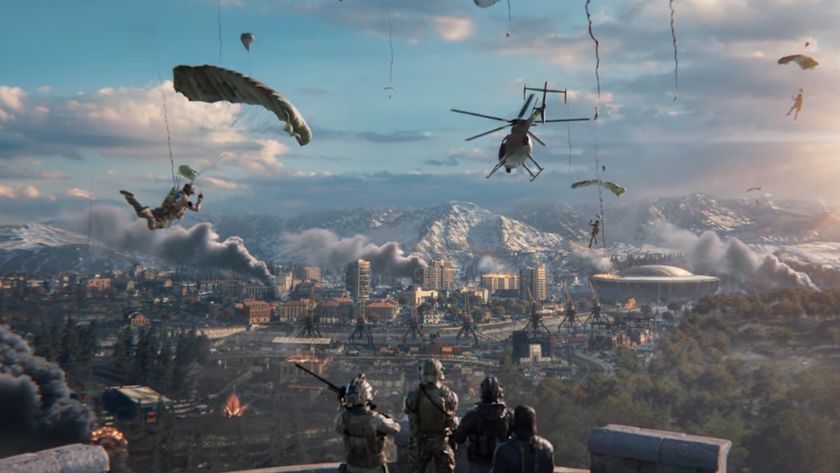South of the Circle explores memory and recollection against the backdrop of '60s Antarctica
Here's your first exclusive look at South of Circle from developer State of Play

In the opening few minutes of South of the Circle, a new game coming to iOS, Mac OS, and tvOS from Inks and Lumino City developer State of Play, I'm immediately transported to Antarctica in 1964. A plane has crashed into the snow, and as a blizzard rages outside that all but obscures the horizon, with the exception of blinking red light in the distance, protagonist Peter, a cambridge academic, awakens in the passenger seat of the cockpit next to a pilot.
A symbol appears on the screen above Peter's head in the shape of a red circle that shakes erratically, coupled with words that float above the symbol to indicate the kind of emotional response Peter will give. In this first instance it's understandably panic, confusion, and concern. Every symbol behaves differently depending on what emotion it's evoking and by holding down the prompt, Peter expresses that emotion. It's an effective way of establishing how Peter is reacting to the situations unfolding around him that really draws you into each moment, and an element of the game that State of Play has spent a lot of time refining.
"Emotional connection is so important to us that we decided on the symbol, and we developed that because you often don't get to see emotional content in what choice you're going to make," says Luke Whittaker, co-founder and creative director of South of the Circle. "Seeing the emotions that are going on inside your character was fascinating to us. And being able to see what's going on inside him, make a choice of which emotion you would like to display, and then have other characters in the scene respond to the emotion of what you've said, really just creates a great connection between you, the character, and the other people in the scene."
Space to reflect
After selecting some responses, the pilot regains consciousness and after relaying that his leg is stuck, Peter braces himself to venture out into the below-freezing climate of Antarctica to find help. As a setting that feels so separate to any other part of the world, Antarctica has this sense of isolation that provides the perfect backdrop for reflection. As creative producer John Lau puts it, the bleakness of Antarctica is such that when you're out there, you only have what you take with you, and in Peter's case, it's his memories.
"It's only through that isolation [in Antarctica] that the themes come through, because it's about recollection and reinterpretation of memory," Whittaker says, "And given that space to think about it, that's how a character can come to terms with something."
It's through the lens of both Peter's memories and his experiences as he tries to survive in Antarctica that South of the Circle's story unfolds, exploring the life of the protagonist along with themes such as masculinity and denial. As Peter grapples with trudging through the snow to reach the blinking red light in the distance, which acts as a beacon beckoning him to the location of a base near the plane's crash site, the scene melts away and seamlessly transitions into one of Peter's memories where he walks to board a train on a sunny, bright day.

In comparison to the heavy snowfall of Antarctica, the setting of this memory evokes so much warmth that it seems almost idyllic, which to me appears to reflect Peter's yearning to be back in this moment and away from the harsh reality of the cold climate. It's here that we see Peter meet Clara on the carriage of the train. Clara is a fellow Cambridge academic and the relationship she has with Peter is at the heart of the story. As we look back on Peter's life through his own recollection of each moment, co-founder and designer Katherine Bidwell explains that South of the Circle also explores the reliability of memory.
Sign up to the 12DOVE Newsletter
Weekly digests, tales from the communities you love, and more
"It's also about whether your memories are actually true. You know, we can all think of something that's happened and interpret it in hundreds of different ways," Bidwell says. "So what Peter is remembering is kind of developed throughout the game, and is he actually remembering things correctly? It's kind of a stark contrast in this game from the bleakness of Antarctica to these rich memories back in Cambridge, and back in the highlands in Scotland and lots of different areas, and his relationship with Clara which we really liked."
Authenticity

"Emotional connection is so important to us"
Luke Whittaker, creative director
While Antarctica serves to provide such an interesting space to tell Peter's story through memory and reflection, the decision to set the game in this location in the 1960's was born from the team's own fascination with this part of the world during the Cold War time period. The script for South of the Circle has been in development for several years now, and Whittaker even wrote a novel to support the development of the story.
The initial "nub of the idea" came after Whittaker read the Amazing Adventures of Kavalier and Clay, a novel written by Michael Chabon. In the book, there's a scene that's set in Antarctica during World War 2 with two men who are supposed enemies. "And it was kind of like, what are they going to do? What happens to our relationships when context is removed? That was a really interesting start of it," Whittaker explains. "So it was the fact that Antarctica is this place where the rules are yours to make up."
After being inspired to explore setting a game in Antarctica, the team got to talking with friends about the idea, which led Bidwell to discover a good friend's father just so happened to be John Dudeney, the former head of the British Antarctic Survey in the 1960s. "She started telling me these stories about how they could send people to the moon then, but Antarctica was so... the technology was so limited. They were kind of like shipped over there for six months at a time," says Bidwell. "We then interviewed him and just got this rich history of these amazing things they had to do there to kind of survive – they were scientists, they weren't there as explorers. So as we interviewed him, it just appeared [to be] such a fascinating time."
The plane at the start of the game is actually based on a plane Dudeney flew out of Antartica and actually crashed on, and the reality he found himself was crystalised in photographs that he shared with the State of Play team. Bidwell explains that the team couldn't stop talking to him, and ended up getting hours and hours of recordings of his interviews to work with. All of that research has ultimately given the team the necessary tools to create a world and story with a better, more accurate sense of time and place.
Realism

Outside of speaking with someone who was actually there at the time, the team also went to Antarctica to get a real feel for it. The visit informed the look of the game, and enabled the team to create an environment that feels more genuinely realised. In the opening 13 minutes that I get to see, I can't help but soak up the sights and sounds of South of the Circle, which has an art style that's both stylised and realistic. Aptly taking inspiration from mid-century screen printing to reflect the time period, the vivid colours really make the characters and scenery pop from the screen.
What's even more impressive, though, is the way the characters move and react, with body language that seems so natural and life-like. State of Play used full 3D motion capture to bring its actor's performances to the screen. In order to bring more authenticity to the performance, the studio decided to record facial and body animations as well as voice over all at once.
"Having the actors in a situation where they could put as much of their performance as they possibly can and have that conveyed and related on screen was obviously a really important part in conveying the emotionality of what's going on," Lau says about the process of doing motion capture. "I think it was tremendously rewarding."

You'll see the result of all these design choices and approaches reflected in everything, from the way the snow moves around Peter, to a sound that pulses in time with the flashing light that Peter is led by – it's eerily reminiscent of a heartbeat, a small amount of life in an otherwise lifeless world. There are so many instances of this kind of attention to detail that transforms the experience and helps to bring both the story and environment to life.
As the preview came to a close, I'm left with an overwhelming desire to keep going and find out where Peter's journey will take me next. While I only got a small taste of what South of the Circle has to offer, State of Play looks set to take you on a fascinating journey of one man's life, who, under difficult and unusual circumstances, reflects on his past and what's most important. While the team certainly couldn't have predicted it when they started developing South of the Circle, its story is sure to hold even more weight now than ever.
South of the Circle is coming soon to iOS, Mac OS, and tv OS.

I started out writing for the games section of a student-run website as an undergrad, and continued to write about games in my free time during retail and temp jobs for a number of years. Eventually, I earned an MA in magazine journalism at Cardiff University, and soon after got my first official role in the industry as a content editor for Stuff magazine. After writing about all things tech and games-related, I then did a brief stint as a freelancer before I landed my role as a staff writer here at 12DOVE. Now I get to write features, previews, and reviews, and when I'm not doing that, you can usually find me lost in any one of the Dragon Age or Mass Effect games, tucking into another delightful indie, or drinking far too much tea for my own good.
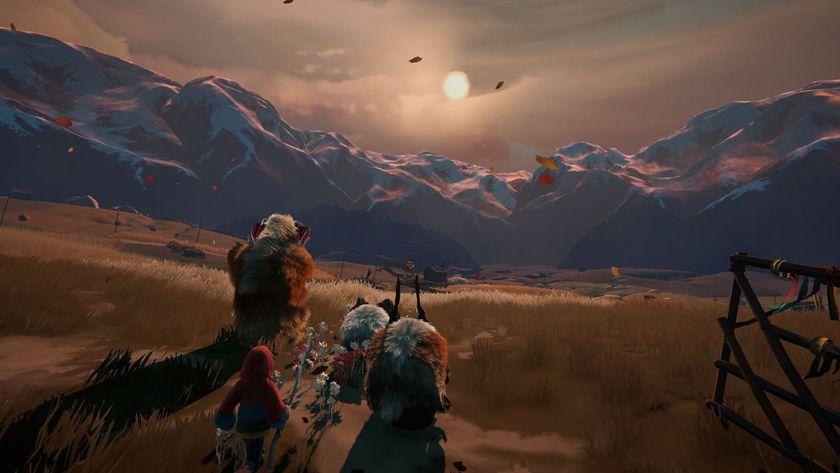
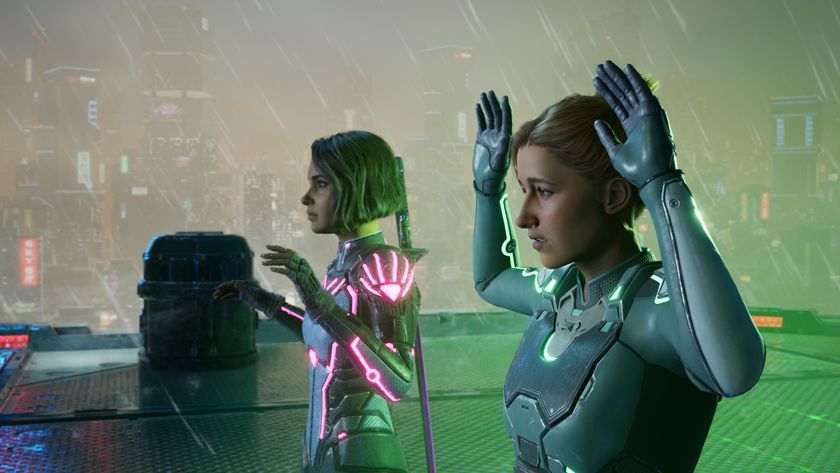
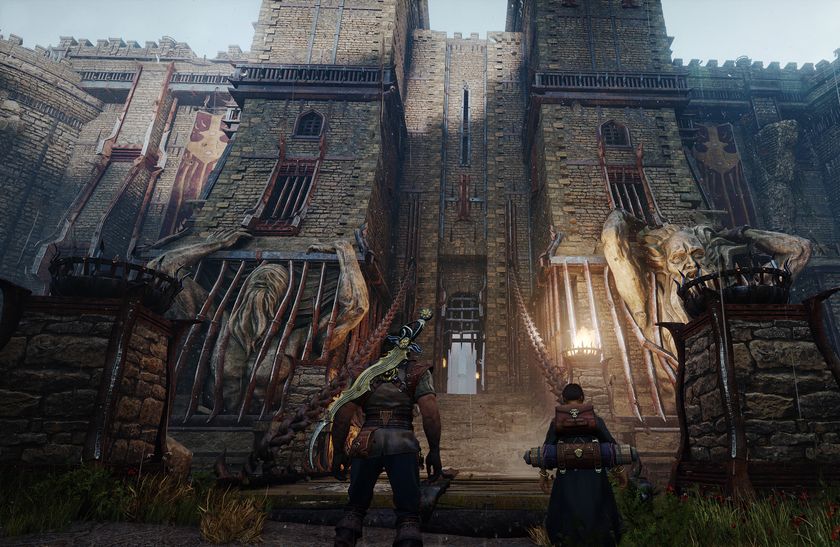
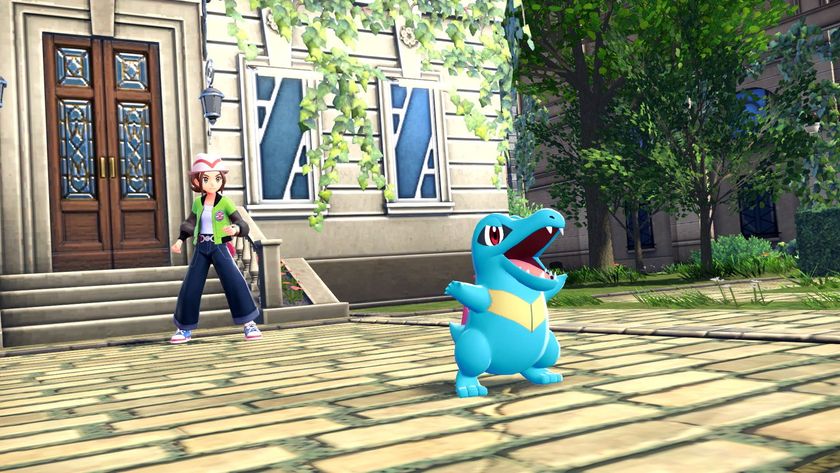
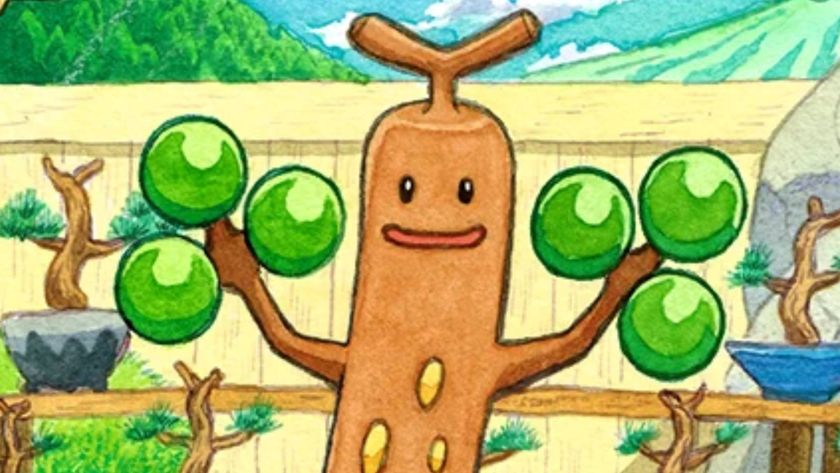








With 18,000 glowing Steam reviews on their lovely debut game, this indie team's game about leading cute fantasy yaks up a mountain is instantly one to watch

Blades of Fire plays like a lost Xbox 360-era mashup between God of War and Soulslikes, and it's coming from the studio behind Metroid Dread
